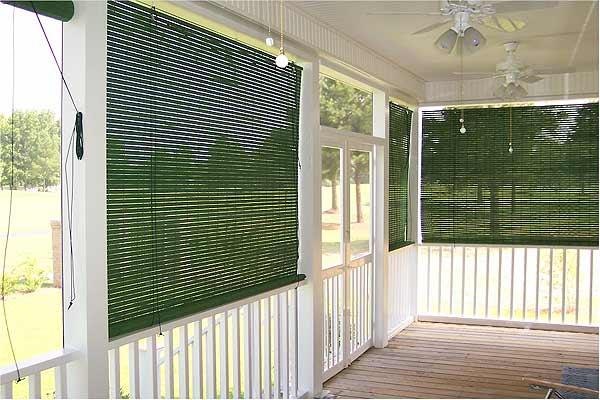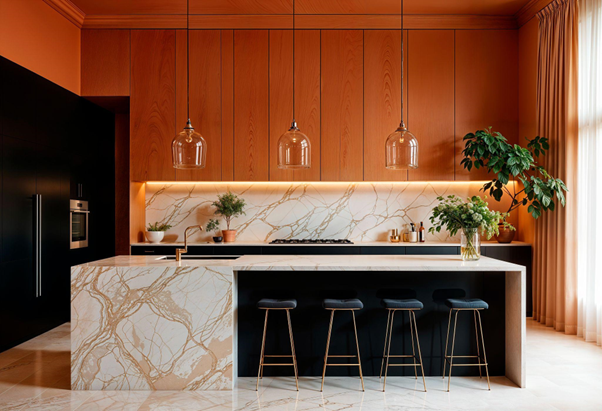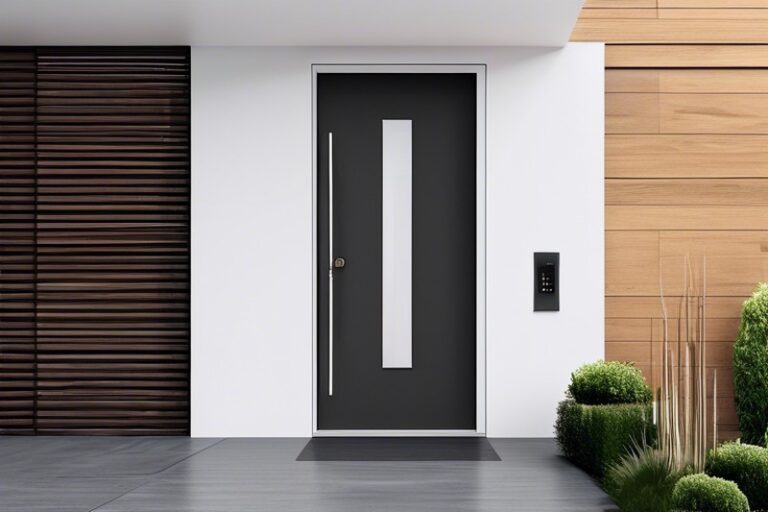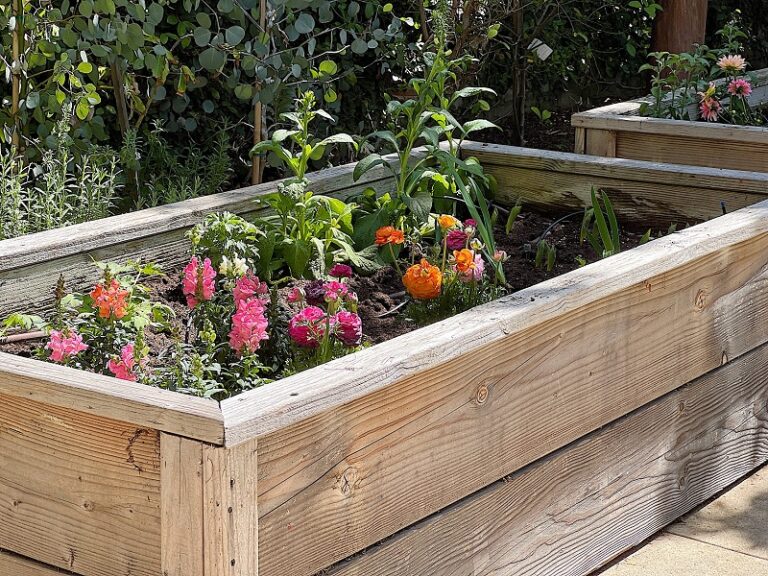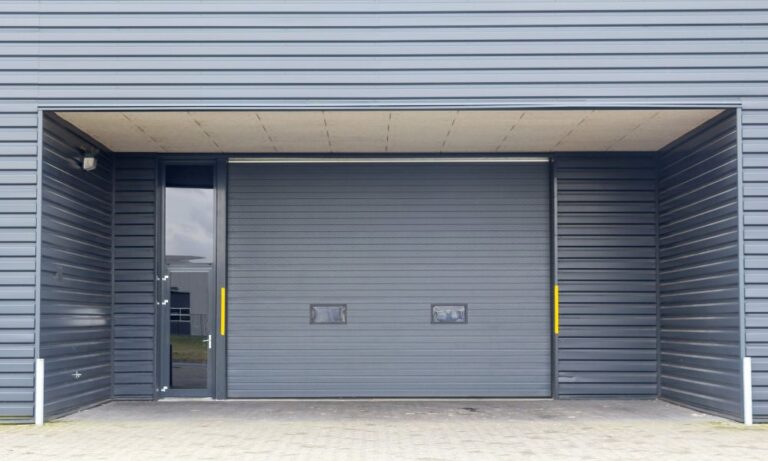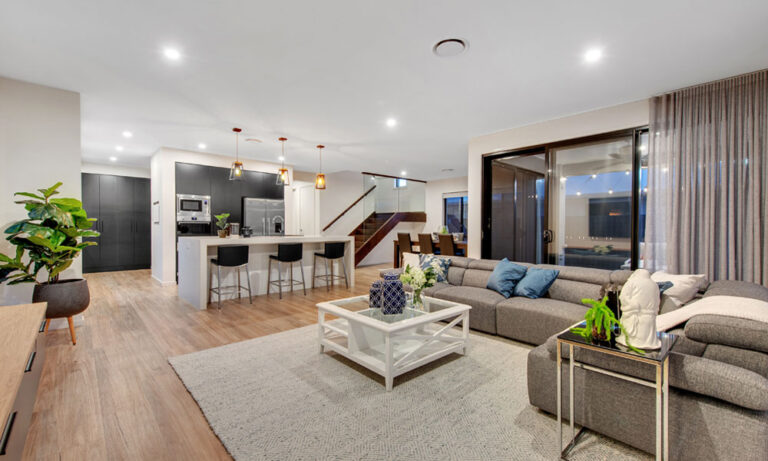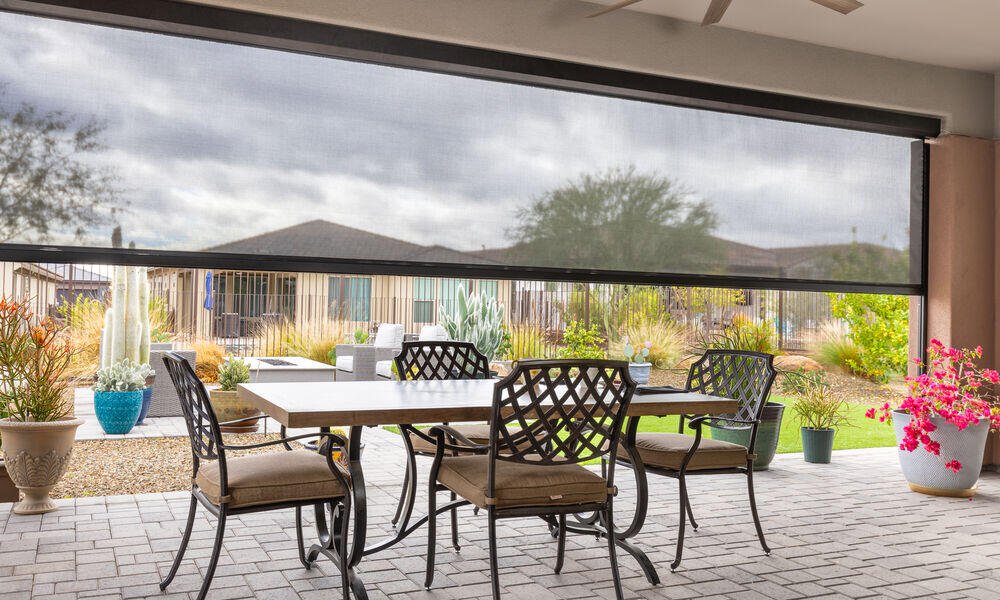
The demand for blinds for balcony installations has surged across Singapore’s residential landscape, transforming what were once peripheral spaces into functional extensions of the home. In a city-state where private outdoor areas come at an extraordinary premium, these architectural interventions represent calculated adaptations to Singapore’s unique combination of tropical climate, dense urban living, and evolving concepts of domestic space.
The Climate Imperative
Singapore’s punishing combination of heat, humidity, and intense rainfall creates a natural barrier to comfortable balcony use for much of the year. Temperature readings regularly exceed 32°C during daylight hours, humidity consistently hovers above 80%, and annual rainfall averages 2,340mm—often arriving in dramatic, furniture-soaking downpours that can materialise in minutes.
“Without proper blinds, most Singapore balconies remain functionally unusable for at least 60% of daylight hours,” explains Dr Tan Wei Ling, environmental architect at the National University of Singapore. “The installation of appropriate blinds transforms these spaces from occasional-use areas to functional extensions of the home that can be enjoyed throughout the day.”
This transformation occurs through several key mechanisms:
- Temperature reduction of 5-9°C in direct sun conditions
- Wind mitigation during monsoon seasons
- Protection from sudden rainfall events
- UV filtering preventing furniture damage
- Reduced glare making screens and devices usable
The Economic Calculation
Beyond comfort considerations, balcony blind installations increasingly represent strategic economic decisions for Singapore homeowners. Property valuations reveal a growing price premium for units with weather-protected balconies, while rental data shows an accelerating preference for apartments with usable outdoor spaces.
“We’ve tracked a consistent 4-7% valuation premium for units with properly outfitted balconies compared to identical floor plans lacking these features,” notes property analyst Sarah Chen of Singapore Real Estate Analytics. “This translates to an average return of 3.2 times the installation investment at the point of sale—one of the highest ROIs for any non-structural home improvement.”
This economic reality has driven increasingly sophisticated approaches to balcony design, focused on:
- Weather-appropriate material selection optimised for tropical conditions
- Motorised systems allowing rapid deployment during sudden weather changes
- Integration with smart home systems for automated environmental response
- Aesthetic considerations aligning with architectural elements
- Energy efficiency impacts on adjacent interior spaces
The Material Revolution
The evolution of materials science has transformed balcony blind options, with Singapore’s extreme climate driving innovation in waterproof fabrics, corrosion-resistant hardware, and UV-stable composites specifically engineered for tropical applications.
“Today’s materials bear little resemblance to the canvas awnings and aluminium shutters that dominated the market even five years ago,” explains materials engineer Dr. Lee Kuan Wei. “Modern PVC-coated polyester weaves, PTFE-treated fabrics, and marine-grade stainless steel components can withstand years of tropical exposure while maintaining both functionality and appearance.”
This materials revolution manifests in several categories:
- High-density acrylic fabrics with hydrophobic nanotechnology coatings
- Motorisation systems with IP67 weatherproofing for tropical downpours
- UV-stabilised PVC that maintains flexibility and appearance despite intense sun exposure
- Antimicrobial treatments preventing mould and mildew colonisation
- Structural aluminium alloys engineered specifically for coastal environments
The Privacy Dimension
Beyond climate control, privacy considerations drive many blind installations in Singapore’s densely packed residential towers, where balconies often face directly into neighbouring units merely metres away. The psychological comfort of creating visual barriers has emerged as a powerful secondary motivation.
“When we survey clients about their motivations, climate protection remains primary, but privacy ranks a very close second,” notes Wong Jin Wei, founder of Singapore Balcony Specialists. “In developments where units directly overlook each other, the ability to enjoy outdoor space without constant visibility has a significant impact on how frequently balconies are used.”
This privacy function operates through several mechanisms:
- Visual screening from adjacent buildings without sacrificing airflow
- Creation of semi-private transition spaces between interior and exterior
- Psychological comfort enabling relaxation and conversation
- Protection from external observation during evening hours
- Sound dampening reducing neighbour awareness
The Design Integration
Singapore’s most sophisticated balcony installations represent carefully considered design integrations rather than mere functional additions. Colour coordination with exterior façades, matching of architectural lines, and seamless operation have become standard expectations among discerning clients.
“The most successful installations essentially disappear when retracted and appear intentional elements of the original architecture when deployed,” explains interior designer Mei Lin Tan. “This requires careful assessment of mounting points, colour matching to exterior elements, and selection of hardware that complements rather than disrupt architectural lines.”
This design consciousness manifests in:
- Colour-matched components coordinating with exterior colour schemes
- Recessed installation methods minimising visual impact when retracted
- Integration with balcony railings and structural elements
- Hidden wiring and control systems for motorised options
- Complementary fabric selections enhancing architectural features
The Future Integration
As Singapore continues its evolution toward smart, sustainable urban living, balcony blind systems have begun integrating with broader home automation and energy management systems. The balcony—once an architectural afterthought—has become an active component in whole-home environmental strategies.
“The most advanced systems we now install incorporate environmental sensors, automated deployment based on sun position or rainfall detection, and integration with interior climate control,” explains smart home specialist Lim Jian Wei. “The balcony blind becomes part of a coordinated approach to managing the home’s interaction with external conditions.”
This integration encompasses several emerging technologies:
- Wind sensors triggering automatic retraction during dangerous gusts
- Rain detection initiating immediate deployment during downpours
- Sun positioning systems that adjust blind angles throughout the day
- Temperature monitoring that coordinates with interior air conditioning
- Mobile applications allowing remote deployment from anywhere
For Singapore’s forward-looking homeowners, these integrated approaches transform what began as simple weather protection into sophisticated environmental management systems tailored to the city-state’s unique climate challenges. When properly selected and installed with Singapore’s specific conditions in mind, blinds for balcony spaces represent strategic investments in expanded living space, enhanced property value, and improved quality of life.

